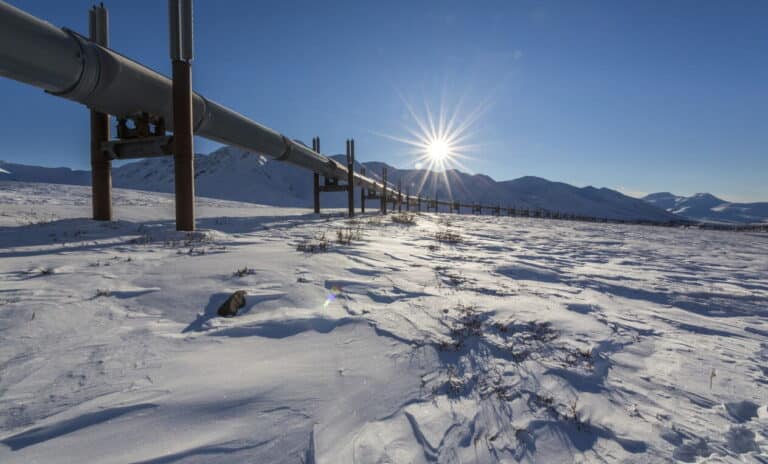This website uses cookies as well as similar tools and technologies to understand visitors’ experiences. By continuing to use this website, you consent to Columbia University’s usage of cookies and similar technologies, in accordance with the Columbia University Website Cookie Notice.
WASHINGTON - In July, the Greek tanker Maran Gas Appollonia set off on a monthlong voyage...
More News
Hormuz threat ‘hasn’t dampened demand for Gulf LNG’
Gulf LNG exports are likely to keep attracting customers despite the lingering threat that Iran might close the Hormuz Strait, analysts say
L’UE annonce une rupture totale avec les hydrocarbures russes d’ici fin 2027
L'essentiel de l'actualité du gaz naturel, des gaz renouvelables et de l'hydrogène
Rusiškų dujų kranelis bus užsuktas: Vengrija Briuselį kaltina žlugdant ekonomiką
Rusiškų dujų kranelis bus užsuktas, pareiškė Europos Komisija, paskelbusi planą, kaip ir kada Bendrija atsisakys energij...
Dix ans après les États-Unis, le gaz canadien accède enfin au marché mondial
Le gaz naturel canadien va enfin accéder au marché mondial, au-delà de son traditionnel débouché américain. Après cinq années de construction, le projet LNG Canada sâapprête à expédier ses premières cargaisons depuis le nord de la Colombie-Britannique, via le port de Kitimat.
Relevant
Publications
GNL, il ruolo strategico delle infrastrutture
Il mercato globale cresce come mai prima, ma affronta sfide geopolitiche e incertezze sulla domanda futura. Le infrastrutture – per l’esportazione e l’importazio...

Proposed EC Regulation Sets Course for Exit from Russian Gas
The European Commission published a proposed regulation on June 17 to end Russian gas imports by the end of 2027.

What the Conflict in the Middle East Means for China’s Natural Gas Supply Security
China’s dependence on the energy supplies that move through the Strait of Hormuz makes it especially vulnerable to any possible closure of the waterway by Iran in retaliation for attacks by Israel and the United States.


